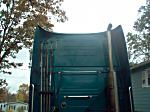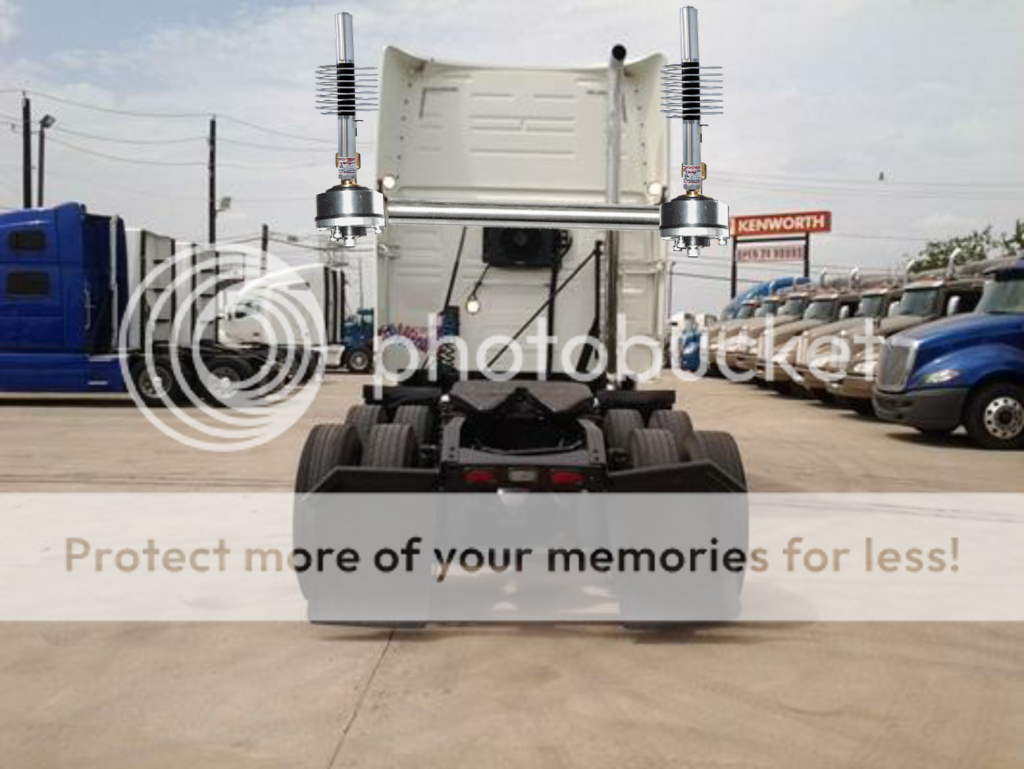I don't think that we are really that different in what we are saying that much. I did mention above...
All that being said, with the shaft lengths of the Predator antennas, I don't see it making more than an inch or two difference in overall length. However, raise that load up past 50% and the antenna will get noticeably longer...
Due to the current distribution, changing the shaft lengths, even using a three foot shaft (over a much shorter shaft, say 6 inch), won't have a serious affect on the effective overall length of the antenna, or the efficiency of the coil on an antenna of this overall length at this frequency. There will be some, but not so much that you would notice...
If you want to make enough of a difference that you would notice for either you need to put the coil much further up the antenna, to the point that in most cases it would be impractical. That two or three foot at CB frequencies, while it has other benefits, just isn't going to affect the efficiency or the length of the antenna enough to notice the difference in the real world, even compared to a base load.
I'm pretty sure that center load they refer to in the ARRL Antenna Book as a good compromise if you can't top load the antenna is specifically referring to an equal length of antenna on either side of the coil. There are several reasons why that would be the case, although I will have to look it up to confirm if they specifically mention that.
Also, if you add a coil to match to a 50 ohm feedline, this would be counter productive unless you have lots of losses in the system as a coil lowers the R variable at resonance, not raises it. The losses problem is the case with pretty much all vehicles today as very few if any vehicles are present a remotely adequate "other half" of a mobile antenna without modification. That cap hat you mentioned, however, would raise R at resonance, and is more efficient than a coil for a given amount of shortening (in a vast majority of cases). Some of the most effective shortened antennas actually use a combination of both a coil and a cap hat...
Edit---
I should have simply said that as both the efficiency and antenna length effects of where the loading coil is along the antenna length changes are both related to the amount of current available, the changes in antenna length required for changing the position in the coil are a good indicator of how much more/less efficient the antenna now is.
Edit 2---
ARRL Antenna Book 22'nd Edition said:
The curves also reveal that the required loading coil reactance grows at an increasingly rapid rate after the coil passes the center of the antenna.
The DB

